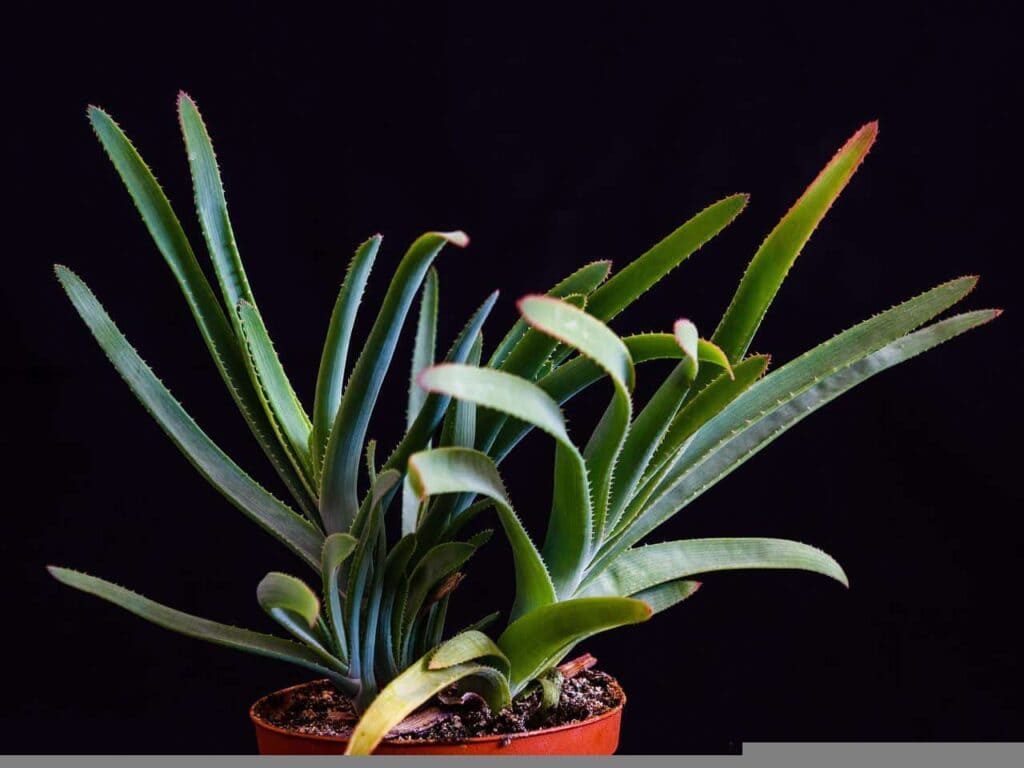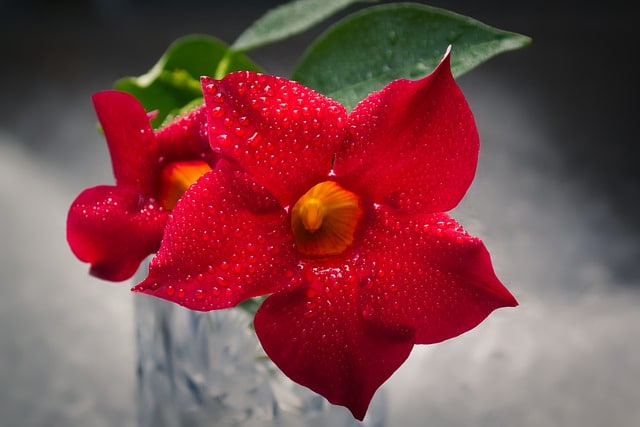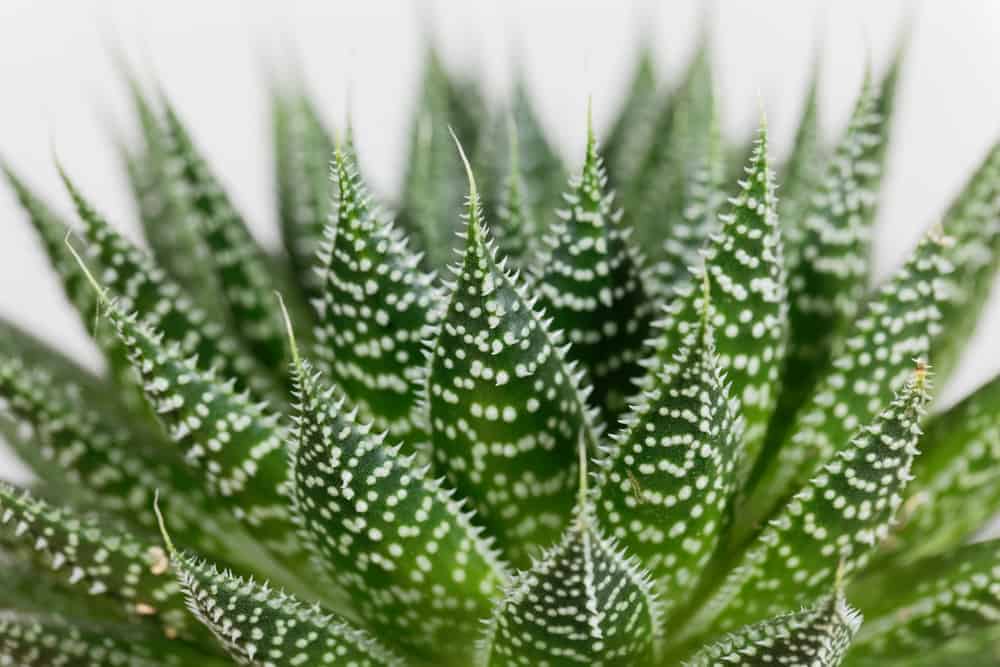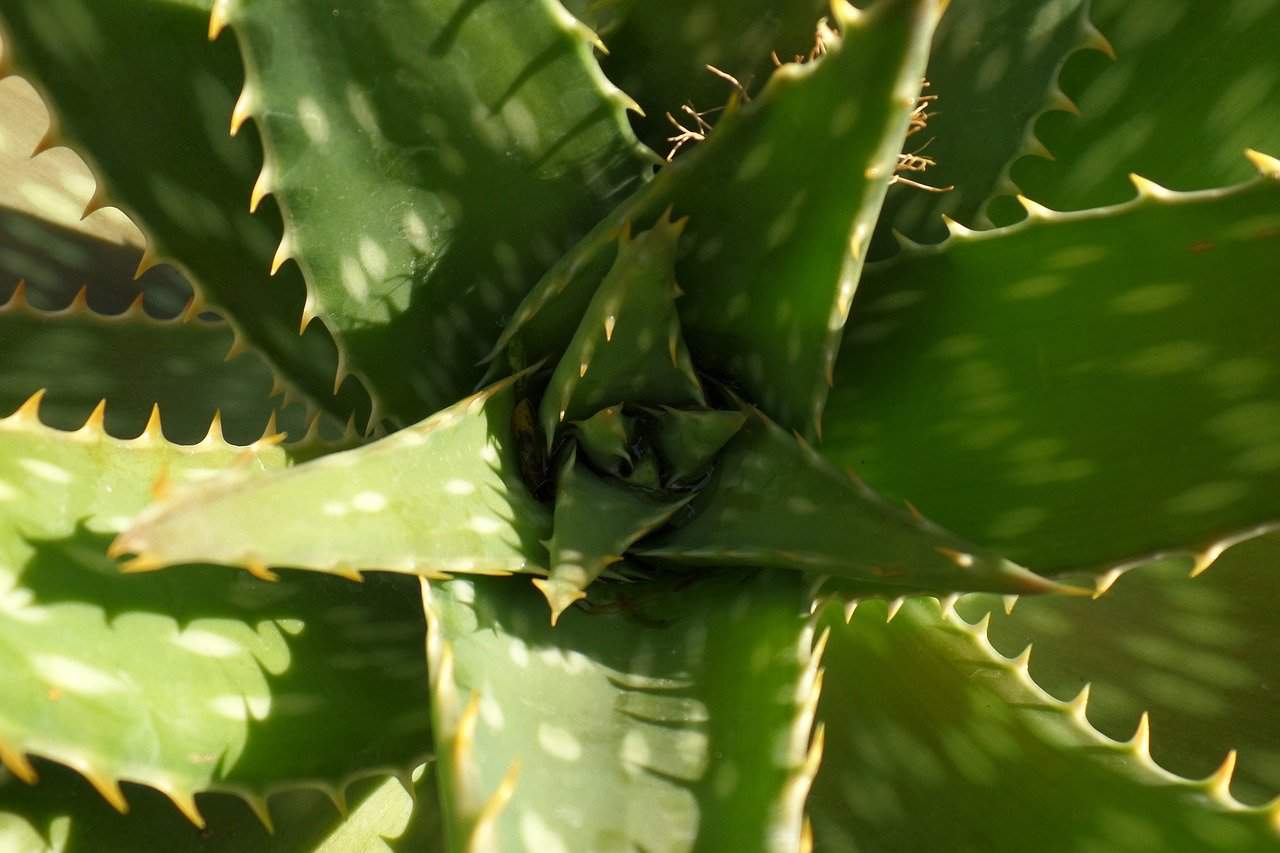Image by Martin Hetto from Pixabay
How to Replant Succulents. In the first place, let us take a look at some of the most common reasons people replant succulents.
Suppose that you purchased succulent plants from a nursery and require transplanting them either to the ground or into a larger container.
2.) You propagated succulent plants and want to plant them elsewhere
3.) Your succulents have grown too big for their current pot.
4.) You just like how the look of succulents growing together.
5.) You’re sick of looking at dead succulents.
6.) You don’t have enough space to keep all of your succulents alive.
7.) You’re moving and want to take your succulents with you.
8.) You’ve had your succulents in a pot for so long that they are root-bound and want to move your succulents from one location to another.
10.) You want to grow more succulents than you can fit on your patio.
11.) You want to add color to your garden.
Table of Content
- 1 The first step to cleaning the roots is removing all the dirt.
- 2 In Step 2, you will need to break up the roots if they need to be broken up.
- 3 Step 3: You need to choose a pot that has drainage or an area in the ground that has soil that is well drained.
- 4 Step 4: Plant in a good quality succulent mix for potted succulents.
- 5 Step 5: Plant complimenting succulents.
- 6 Succulent Care Tips
The first step to cleaning the roots is removing all the dirt.
Whether you’re planting a succulent in a pot or digging one up from the ground, it’s essential to remove the dirt. Otherwise, you risk damaging the plant’s roots. In addition to damaging the roots, the soil could get into the water, causing mold growth.
If you’ve bought a succulent without knowing how much soil is inside the pot, don’t worry — there are ways to tell. First, look closely at the bottom of the pot. There should be space between the pot’s bottom and the soil. This space is called the “drain hole.” If you see no drain hole, you know the pot doesn’t have enough drainage holes.
Additionally, looking at the bottom of the container might be a good idea. Succulents usually have little indentations that help keep moisture away from the roots. If you can’t find these depressions, the pot likely doesn’t have enough drainage.
Once you’ve removed the dirt from the roots, rinse off the succulents thoroughly. Then, place the succulents in a tray filled with water. Let the succulent sit overnight, then move it to a larger container. The next day, recheck the soil. If it looks dry, add some more moistened pebbles to the mix.
In Step 2, you will need to break up the roots if they need to be broken up.
When removing a succulent from its pot, there are times when it may come with big root balls that are all clumped together. This is usually because the plant hasn’t been watered enough, and the roots haven’t grown far enough. In such cases, breaking apart those roots before planting the succulent into a larger container is a good idea.
This would be perfectly fine for you to do if that is the case, then there is no problem with you doing it. However, you don’t want to damage the roots too much, so make sure you know what you’re doing.
Step 3: You need to choose a pot that has drainage or an area in the ground that has soil that is well drained.
If you’re planting your succulents in pots, the most important thing is to ensure that the pot has drainage holes. To avoid having waterlogged plants, make sure you don’t overwater your plants.
If you find a pot you like but doesn’t have holes in it, you can always drill your own. This section has been designed to provide you with a variety of information that may be useful to you in the form of tips that may be helpful.
If you feel like you’re very crafty, you may even be able to build your very own succulent planter boxes. This DIY project uses recycled wood and plastic containers.
You could also try growing your succulents directly in the ground. However, you must ensure that the spot you choose is suitable for the type of succulents you decide to grow. For example, if you’re planning on growing cacti, you’ll want to avoid areas with too much light exposure.
Step 4: Plant in a good quality succulent mix for potted succulents.
Succulents are one of the most popular indoor plants because they require little care and proliferate. So if you want to add color to your home decor, try planting a few succulents into pots filled with a succulent potting medium. Here’s how to do it.
1. Choose a container that fits your needs, such as a terracotta pot or ceramic planter.
2. Fill the bottom half of the pot with peat moss, perlite, and vermiculite. This is a “succulent mix,” which helps retain moisture while providing nutrients for your plants.
3. Add a layer of gravel and fill the rest of the pot with the same amount of succulent mix.
4. Plant your succulents according to instructions included with your particular mix.
5. Water thoroughly and wait for your succulents to thrive.
Step 5: Plant complimenting succulents.
I consider succulents one of my favorite plants because they are low maintenance and easy to grow. They don’t need much water, fertilizers, or sunlight. You can plant them almost anywhere, and they’ll thrive. Some people even use them as living room decor. But it doesn’t stop there. Providing you do a little bit of planning ahead, you can enjoy the beauty of succulents in every season and every space. Here are five tips to help you plan your garden.
1. Choose Complementary Plants
When choosing what type of succulents to include in your garden, consider what else you’d like to see growing around them. For example, consider planting those alongside succulents if you love roses and hydrangeas. This way, you won’t feel left out during spring blooms.
2. Make Sure Your Soil Is Prepared
If you’ve never planted succulents, make sure your soil is ready. To do this, dig up a small dirt area and add some compost. Then, mix in some fertilizer according to the instructions on the package. Afterward, let the soil sit for 24 hours before adding your succulents.
3. Water Well
You shouldn’t have to worry too much about watering your succulents once they arrive home, but in the event that you live somewhere that experiences drought conditions from time to time, you might want to keep an eye on them as much as possible once you receive them. Most succulents prefer well-drained soils, so you could try adding peat moss or sand to improve drainage.
Succulent Care Tips
If you’ve read our blog long enough, you know how much we love succulents! We think they look great in every house, even in small spaces like bathrooms and kitchens. In addition, they are easy to maintain and require very little in the way of maintenance. And because they don’t need a lot of water, they make excellent indoor plants.
But there’s one thing about succulents that many overlook: they need light! Planting your succulents too close to a window can cause them to grow tall and leggy, making them difficult to maintain and possibly damaging the leaves. So here are some tips for planting and caring for succulents properly.
1. Choose Succulents Wisely
In terms of plant types, it is estimated that there are hundreds of different types of succulents. Some are hardy, and others are tender. Some prefer bright sun while others thrive in the shade. So naturally, you’ll want to choose ones that suit your space and lifestyle; otherwise, you might water your succulents daily.
2. Plant Succulents Properly
To begin with, the best thing you can do is to buy some potting mix. This includes peat moss, perlite, vermiculite, sand, and compost. Mixing these ensures that the soil is evenly moistened throughout. Next, add a layer of gravel or stones to help drain excess moisture. Then fill the pot with the mixture and gently press down the dirt to ensure that the roots remain covered. Finally, set the succulents into the pot and use a plastic bag to cover the entire container. Be sure to keep the bag loosely around the edges so that air can circulate freely.
3. Water Your Succulents Correctly
Once your succulents have settled in, you should only water them when the top inch of soil feels dry to the touch. It’s important not to overwater your succulents because this will encourage root rot. Instead, wait until the soil has dried entirely between waterings.
4. Fertilize Succulents
Fertilizing your succulents helps promote healthy growth and prevents them from becoming weak and spindly. There are two ways to fertilize succulents: liquid fertilizer or mixing organic fertilizer into the soil. Liquid fertilizers come in several varieties, including slow-release formulas that gradually release nutrients over time. Organic fertilizers contain natural ingredients such as kelp, worm castings, and bone meal. Both options work equally well, but if you opt for liquid fertilizer, apply it at least twice a year.
5. Maintain Succulents Regularly
Maintaining your succulents regularly means trimming their foliage to prevent them from growing too large. In addition, you should prune off any dead or damaged leaves. To do this, simply cut away the broken parts with sharp shears. Avoid cutting directly through the stem when trimming succulents since this could damage the plant.
6. Repot Succulents Every Two Years
Repotting your succulents is an essential part of maintaining them. The first step is to remove the old pot and wash the succulents thoroughly before repotting. Afterward, carefully loosen the roots and remove them from the pot. Cut out any pieces of broken roots or root hairs. Then, soak the succulents in a bowl of warm water for five minutes. While the succulent is soaking, prepare a new pot. For added drainage, line the bottom of the pot with gravel or small rocks. Add a layer of good quality potting mix, and then set the succulent into the pot. Firm the soil lightly around the stems and allow the succulent to sit for about 24 hours. Then, water the succulent thoroughly and let it rest for another day. Repeat this process every two years.
7. Feed Succulents Monthly
Succulents need regular feeding to stay strong and healthy. If you notice yellowed leaves on your plants, they may suffer from nutrient deficiency. You can feed your succulents monthly by adding a teaspoon of fish emulsion or seaweed extract to each gallon of water. Alternatively, you can buy specially formulated fertilizer designed for succulents.
8. Keep Succulents Out Of Sunlight
Succulents require sunlight to grow properly. However, too much light exposure can cause your succulents’ leaves to turn brown and wither. To protect your succulents from the direct sun, place them in undergrowth shelters during the year’s hottest months. During cooler times of the year, keep your succulents inside, where they’ll receive indirect sunlight.




